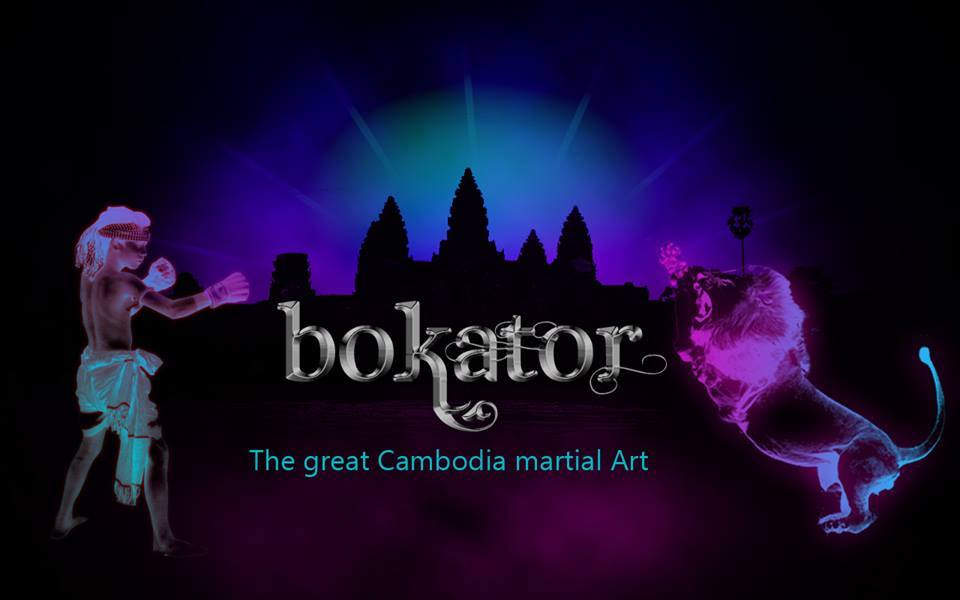I like a good mystery except when I keep butting my head against
New Update!
Sculptures from Angkor National Museum:
I like a good mystery except when I keep butting my head against a brick-wall as I have with this particularly intriguing and beautifully carved inscribed Caitya. It sits in the collection of the Angkor museum with very little recorded provenance, without an original location or even the K-number for its inscription. My search for more details via other avenues has also proved fruitless. So, what do we know so far? Well, very little, besides a suggestion that its dated to the 11th century. In my view it’s a combination of an inscription with a Caitya or boundary stone – also known as a borne in French, or stele or seima, all of them effectively performing a similar task – to demarcate sacred space within the confines of a religious setting. They come in all shapes and sizes, can be rectangular, a two-sided slab, a pillar or in a pyramid design. It depends on the time period they were created and utilized in sacred ceremonies. The two figures on the front of the stele are quite beautifully presented. A four-armed Vishnu with his attributes which are a mace, conch, disc and ball, with decorative detail in his short pleated sampot and conical headdress, standing on the shoulders of a bejeweled and winged Garuda, who is holding a three-headed snake in either hand. They stand under an archway decorated with Nagas and the incised detail of the snake’s scales, the bird’s feathers and the detail of the headdresses is mightily impressive. On at least two sides, the stele is covered in an inscription, either written in ancient Khmer or Sanskrit. There are 1,500 known Khmer inscriptions so it must be on that list but without a K-number, it’s impossible to trace. It’s a beautiful piece of sculpture, so to find out more about its place in Khmer history would be very satisfying.
Update: Thanks to Ven Sophorn at ANM, I now know that the stele is from the village of Samrong, located just outside Angkor Thom in Siem Reap. It depicts, on three sides of the stele, a particularly useful inscription for scholars with 239 lines of mostly Khmer and Sanskrit text. It stands 126 centimeters tall, is K.258 in the inscription inventory and dates to the very end of the 11th century.
About Me
I have graduate from BUILD BRIGHT UNIVERSITY(BBU) AND PREAH SIHANOUK RAJA (SBU) I work at Khmer Plus Computer Address: #156BE, St.63 (Trasak Phaem), Sang kat Chaktomok, Khan Daun Penh, Phnom Penh And Much More... Hey..My name is Thol Un Welcome To my site! Hope it will help you! Nice to know you! Indroduce My Self -My name is Thol un.I come from Kompong cham Province -Now I am staying at Langka pagoda .I have graduated from Build Bright University -My Major is Information and Network Technology -I am Working at Khmer Plus Computer -I want to get experience From your Company and develop your Company to be More Successful forever
Thanks for Support
Copyright©️:2021 All Rights Reserved. @Mr. Thol Un Hi every body, In this video I want show about the people success with Website, All This The Result From Website Partnership. Make money online speak Khmer: Please Followers My Website to Get More Videos!! Giving Dharma Is Better Than Giving Things!! Thanks for Support My Website !! This Website is created for the purpose of spreading the Entertainment Cambodia and other History Khmer, Dharma Khmer, Cooking Khmer by posting videos in Website Blogger or Blogspot YouTube and Facebook Page. Thanks and thanks for the support for this Website ..! Thanks For watch all this Website !❤ Like ✅Share ☑️ Comment❤ Kindly donate to the ABA Bank : ❤Thol Un❤ ❤001885833❤















